Indian Strategic Petroleum Reserves Ltd (ISPRL) has invited bids for constructing 2.5 MT of underground storage of crude oil at Padur in Karnataka paving way for India’s first commercial crude oil strategic storage.
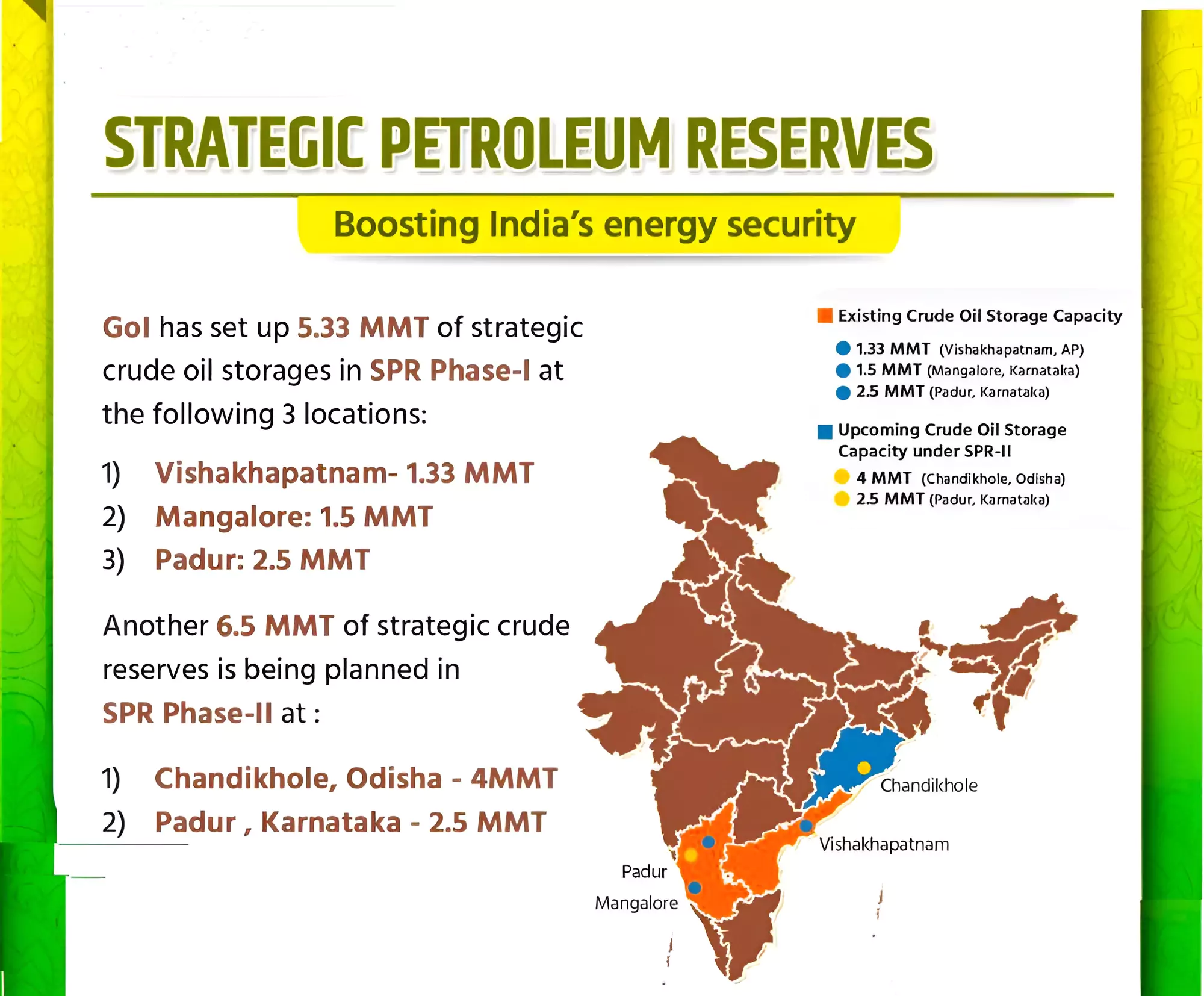
| Must Read | |
| NCERT Notes For UPSC | UPSC Daily Current Affairs |
| UPSC Blogs | UPSC Daily Editorials |
| Daily Current Affairs Quiz | Daily Main Answer Writing |
| UPSC Mains Previous Year Papers | UPSC Test Series 2024 |
SARAH is a digital health promoter prototype launched by the World Health Organization (WHO).
World Health Organisation WHO
|
|---|
| Must Read | |
| NCERT Notes For UPSC | UPSC Daily Current Affairs |
| UPSC Blogs | UPSC Daily Editorials |
| Daily Current Affairs Quiz | Daily Main Answer Writing |
| UPSC Mains Previous Year Papers | UPSC Test Series 2024 |
In the first RBI Monetary Policy Committee (MPC) announcement of the Financial Year 2024-25 (FY25), RBI Governor Shaktikanta Das has decided to keep the repo rate at 6.5%.
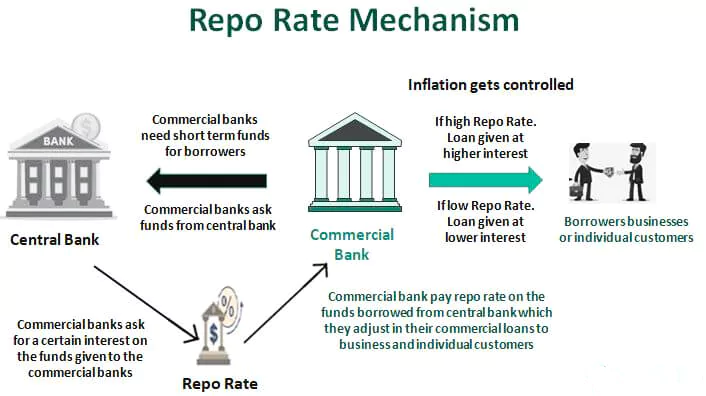 Borrowing from the Central Bank: During fund shortages, commercial banks borrow from the central bank at the repo rate.
Borrowing from the Central Bank: During fund shortages, commercial banks borrow from the central bank at the repo rate.
| Must Read | |
| NCERT Notes For UPSC | UPSC Daily Current Affairs |
| UPSC Blogs | UPSC Daily Editorials |
| Daily Current Affairs Quiz | Daily Main Answer Writing |
| UPSC Mains Previous Year Papers | UPSC Test Series 2024 |
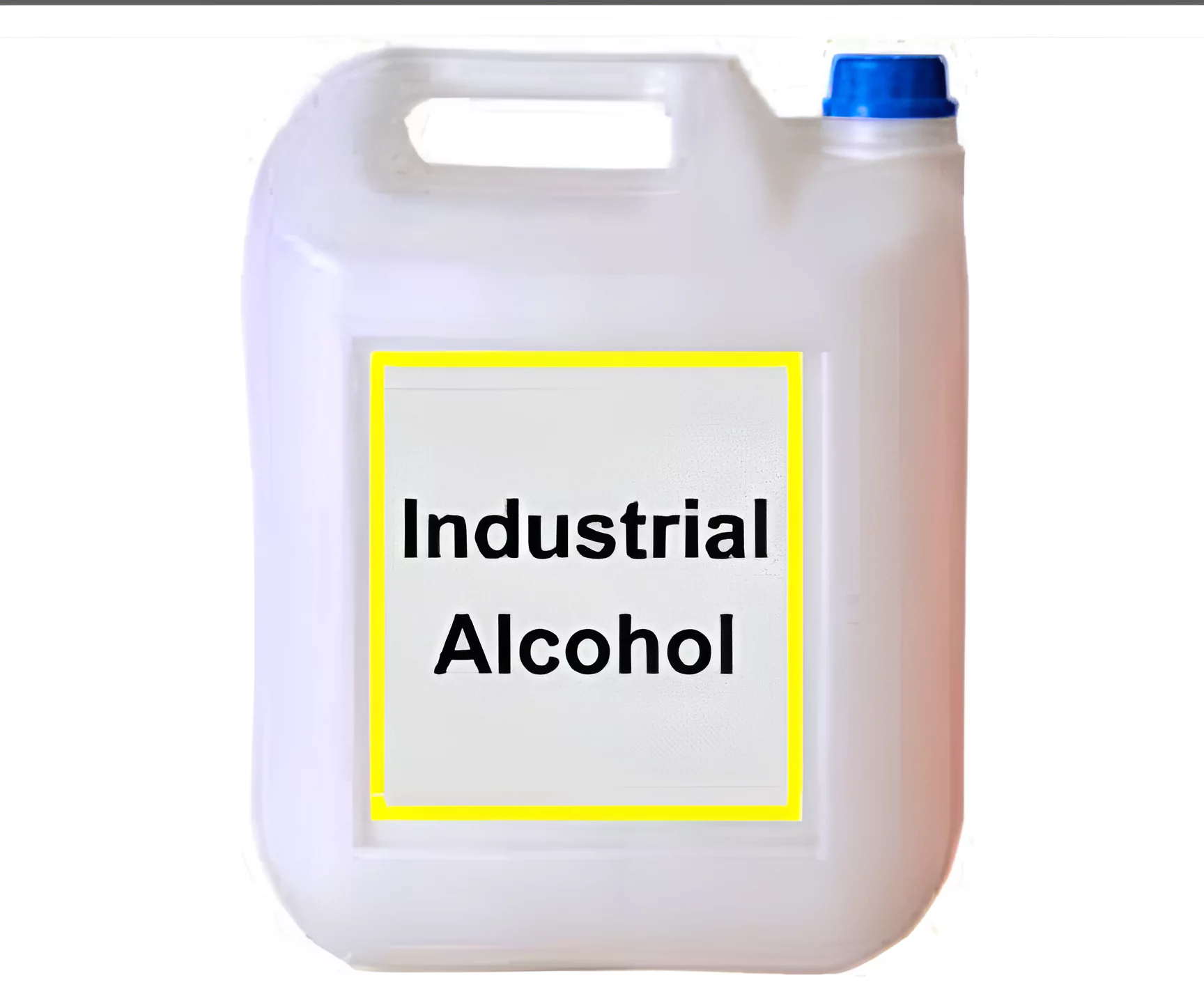
There is a hearing on whether states have the authority to levy excise duty on industrial alcohol by a 9-judge Bench of the Supreme Court.
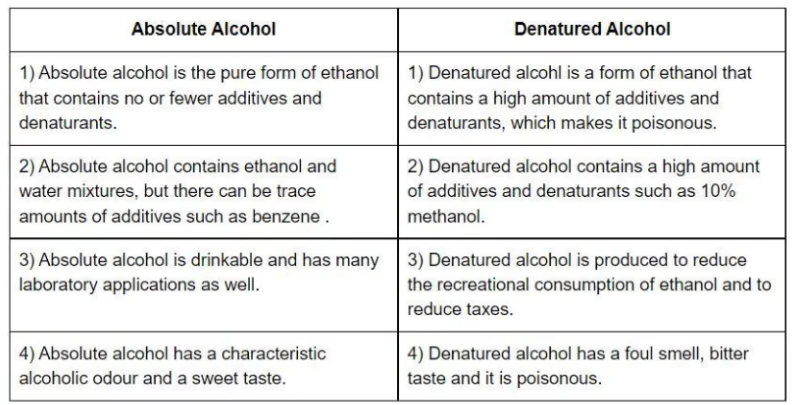 Denaturation is the process of making industrial alcohol unsuitable for misuse or consumption.
Denaturation is the process of making industrial alcohol unsuitable for misuse or consumption.
| Must Read | |
| NCERT Notes For UPSC | UPSC Daily Current Affairs |
| UPSC Blogs | UPSC Daily Editorials |
| Daily Current Affairs Quiz | Daily Main Answer Writing |
| UPSC Mains Previous Year Papers | UPSC Test Series 2024 |
With the upcoming Lok Sabha elections nearby, misinformation, mostly in the form of shallow fakes has gripped the Internet.
Deep Fakes
Difference Between Deep Fakes and Shallow Fakes:
|
|---|
| Must Read | |
| NCERT Notes For UPSC | UPSC Daily Current Affairs |
| UPSC Blogs | UPSC Daily Editorials |
| Daily Current Affairs Quiz | Daily Main Answer Writing |
| UPSC Mains Previous Year Papers | UPSC Test Series 2024 |
Strategic Forces Command (SFC), along with Defence Research and Development Organisation (DRDO), conducted the successful flight-test of New Generation Agni Prime Ballistic Missile from Dr APJ Abdul Kalam Island off the coast of Odisha.
Strategic Forces Command (SFC): It comprises personnel from the Indian Army, Navy and Air Force.
|
|---|
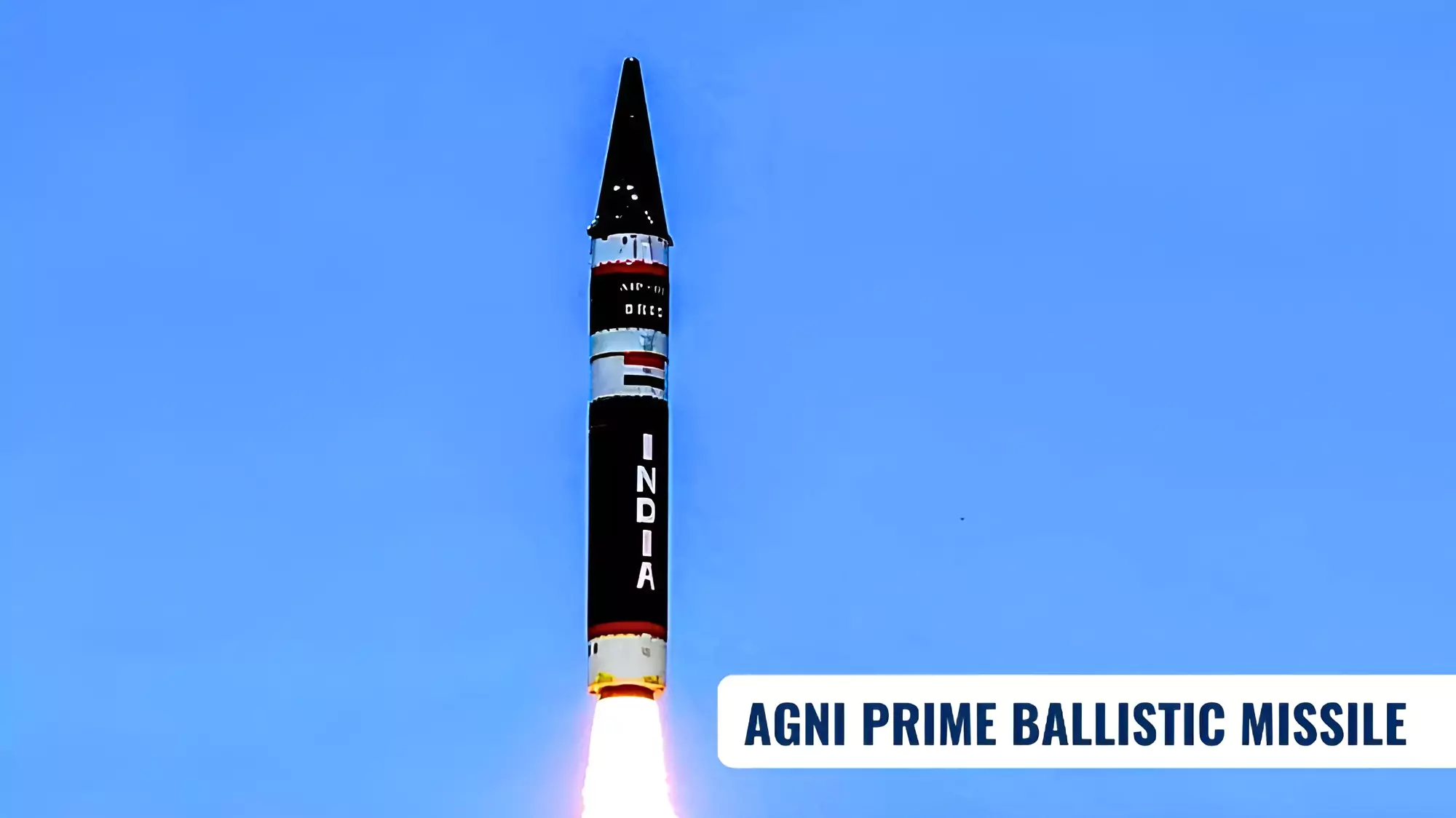
What is a Canisterised Missile?
|
|---|
| Must Read | |
| NCERT Notes For UPSC | UPSC Daily Current Affairs |
| UPSC Blogs | UPSC Daily Editorials |
| Daily Current Affairs Quiz | Daily Main Answer Writing |
| UPSC Mains Previous Year Papers | UPSC Test Series 2024 |
Questions have been raised about election symbols allotment to ‘registered unrecognized parties’. Naam Tamilar Katchi (NTK) got a new symbol, but Viduthalai Chiruthaigal Katchi (VCK) was denied.
| Late MS Sethi: He retired from the ECI in September 1992. He was the last draughtsman (someone tasked with sketching and drawing tasks) employed by the nodal body to sketch symbols. |
|---|
|
|---|
Benefits Not Available to Unrecognized Parties
|
|---|
| Must Read | |
| NCERT Notes For UPSC | UPSC Daily Current Affairs |
| UPSC Blogs | UPSC Daily Editorials |
| Daily Current Affairs Quiz | Daily Main Answer Writing |
| UPSC Mains Previous Year Papers | UPSC Test Series 2024 |
According to data shared by the annual Health of Nation report by Apollo Hospitals, India is rapidly emerging as the “cancer capital of the world”.
| Relevance for Prelims: DISEASES, Latest Estimates Of Cancer Burden In India, and Role Of Government In Health
Relevance for Mains: Cancer Prevalence in India: Status, Reasons, Challenges, Initiatives, and Way Forward. |
|---|
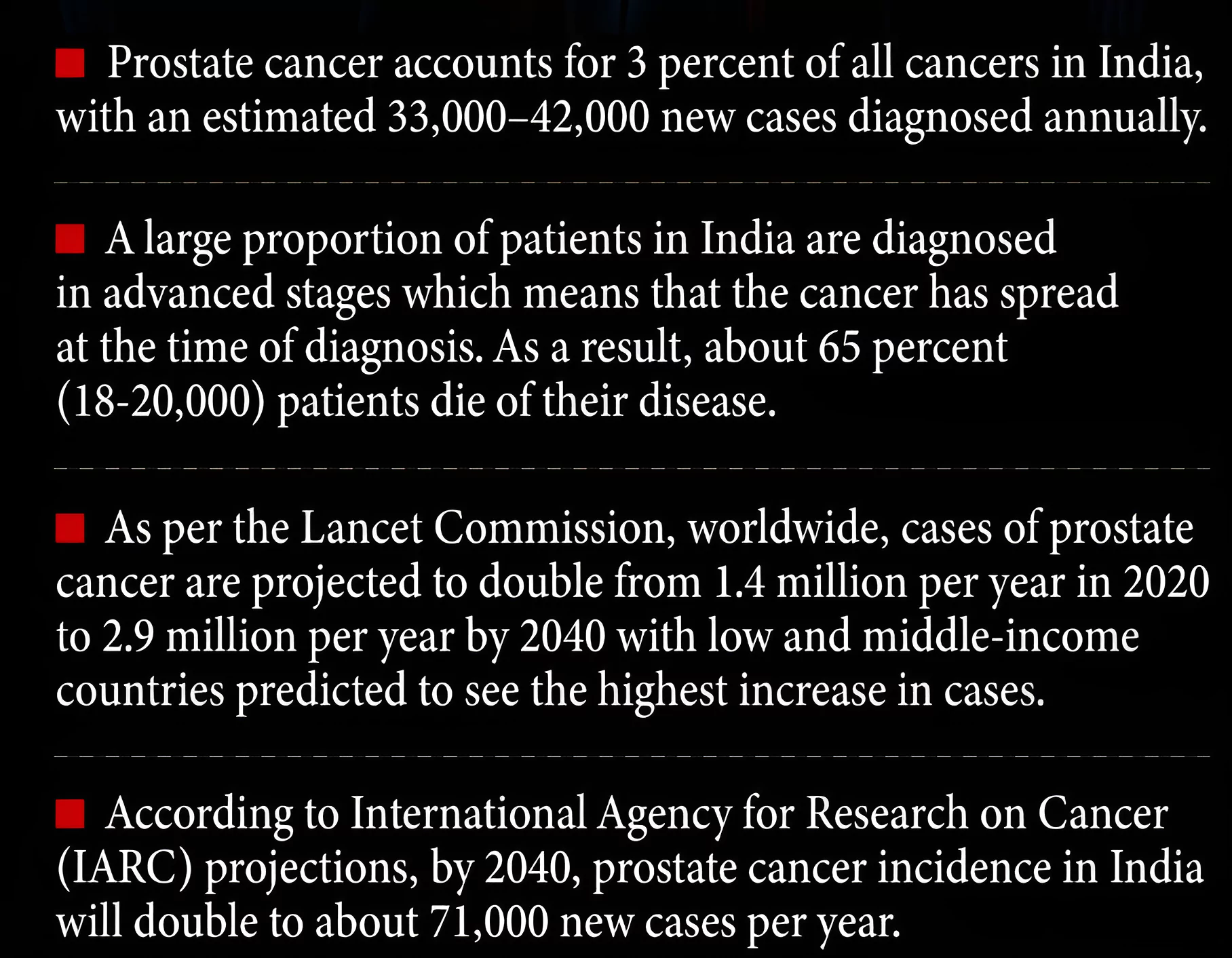 Median Age for cancer diagnosis in India: The median age for cancer diagnosis in India is lower than in other countries:
Median Age for cancer diagnosis in India: The median age for cancer diagnosis in India is lower than in other countries: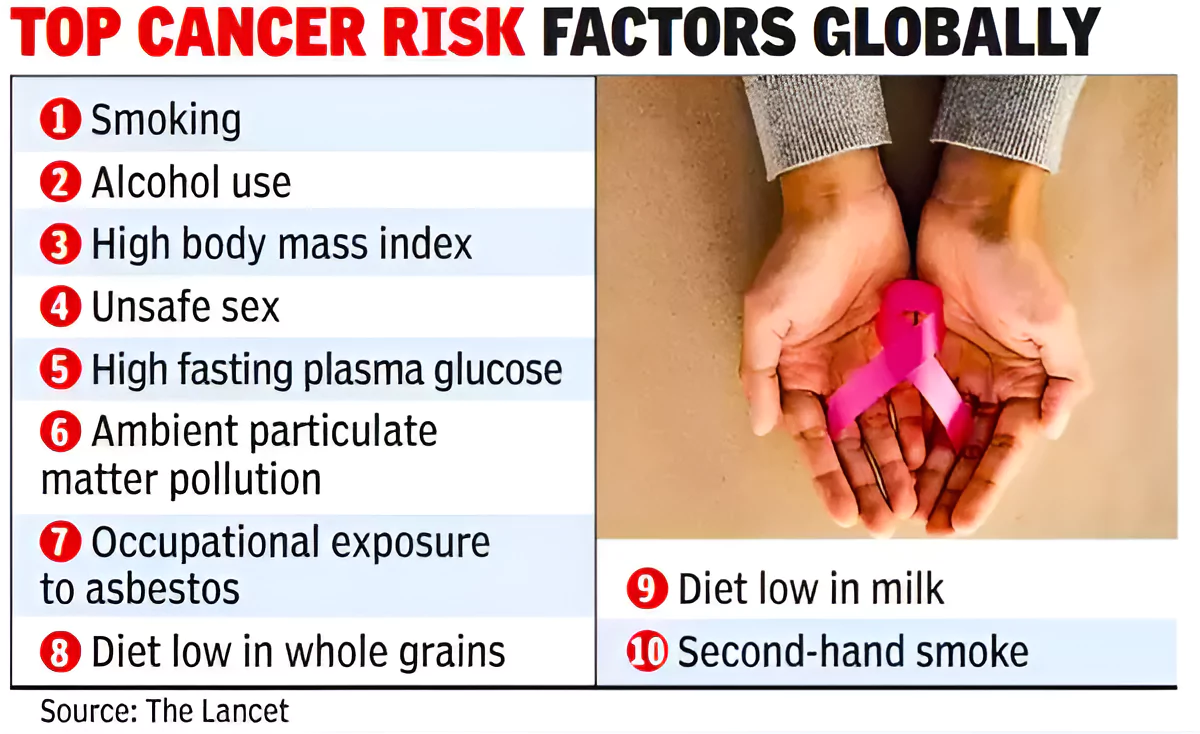
Available Cancer Treatment in India
|
|---|
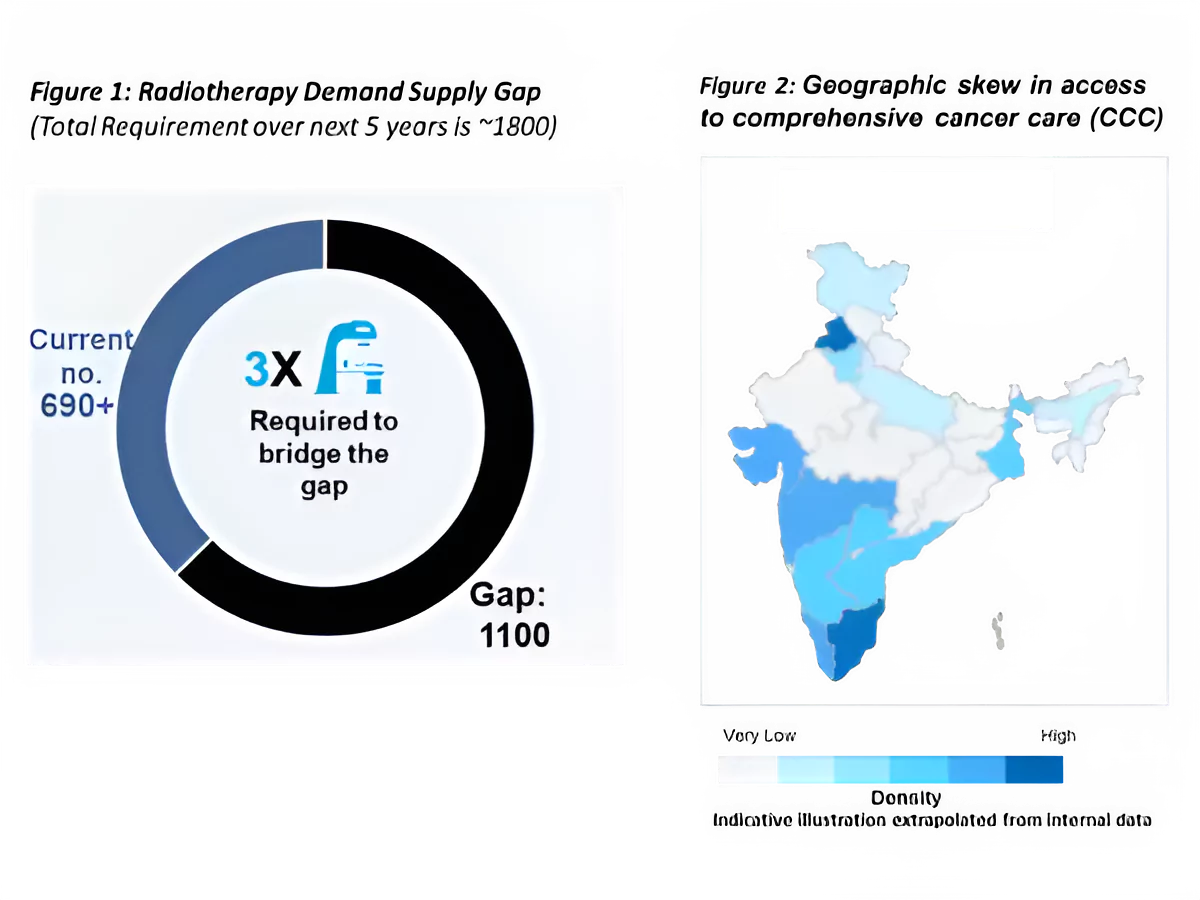
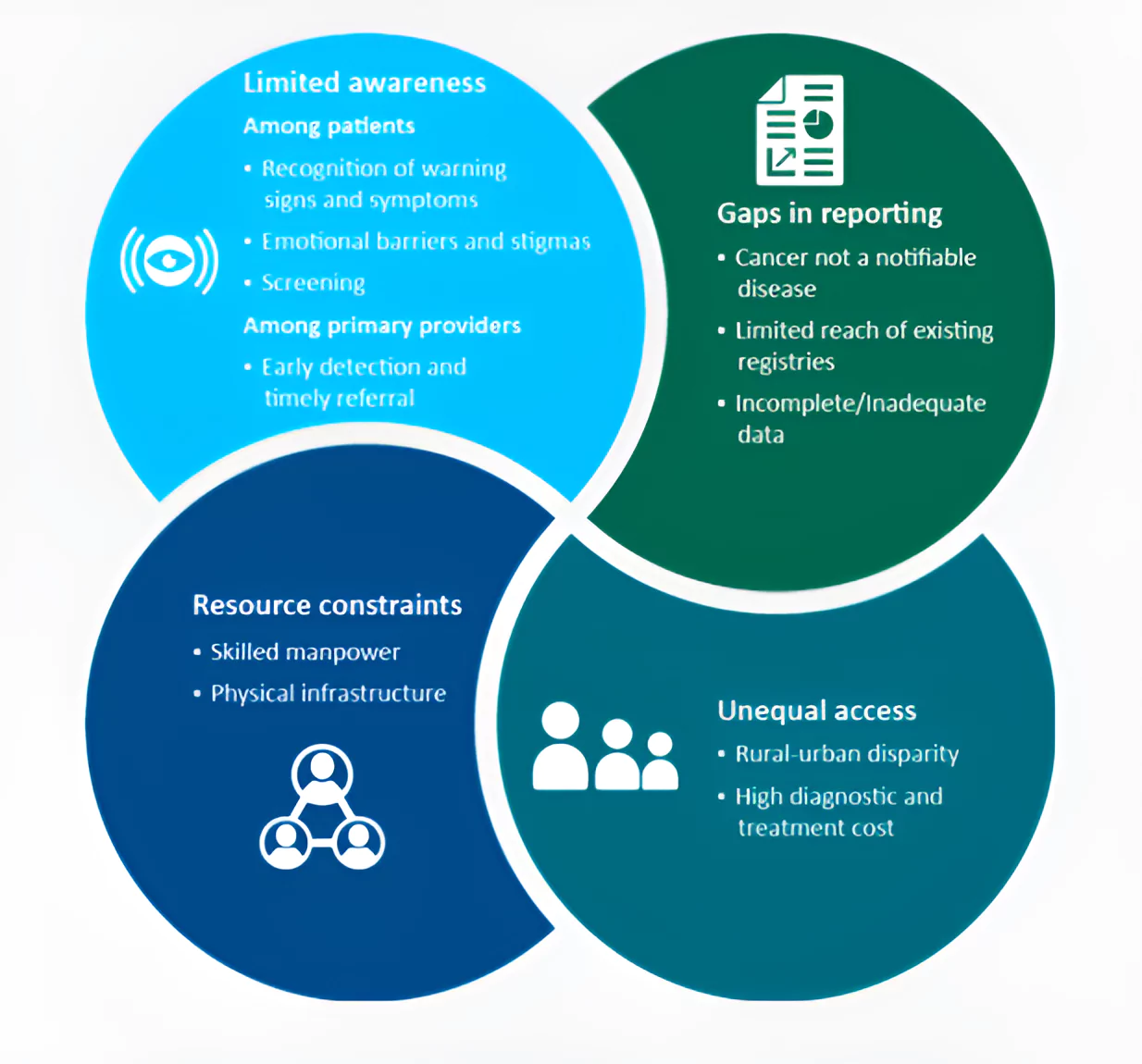 As a result, medical use of morphine decreased by 97 percent, which severely limits access for pain management.
As a result, medical use of morphine decreased by 97 percent, which severely limits access for pain management.
| Prelims PYQ (2019):
‘RNA interference (RNAi)’ technology has gained popularity in the last few years. Why? 1. It is used in developing gene silencing therapies. 2. It can be used in developing therapies for the treatment of cancer. 3. It can be used to develop hormone replacement therapies. 4. It can be used to produce crop plants that are resistant to viral pathogens. Select the correct answer using the code given below. (a) 1, 2 and 4 (b) 2 and 3 (c) 1 and 3 (d) 1 and 4 only Ans: (a) |
|---|
| Must Read | |
| NCERT Notes For UPSC | UPSC Daily Current Affairs |
| UPSC Blogs | UPSC Daily Editorials |
| Daily Current Affairs Quiz | Daily Main Answer Writing |
| UPSC Mains Previous Year Papers | UPSC Test Series 2024 |
The Lancet Report flagged that India’s Total Fertility Rate (TFR) will fall to 1.29 in 2050, significantly below the replacement threshold of 2.1.
| Relevance For Prelims: Total Fertility Rate, Female Labour Force Participation Rate, Demography Of India, India Employment Report 2024, Country’s Demographic Profile, and Indian Society: Demography, Growth Rate & Theory.
Relevance For Mains: Implications of Declining Fertility rate, Challenges and Advantages associated with declining Fertility rates |
|---|
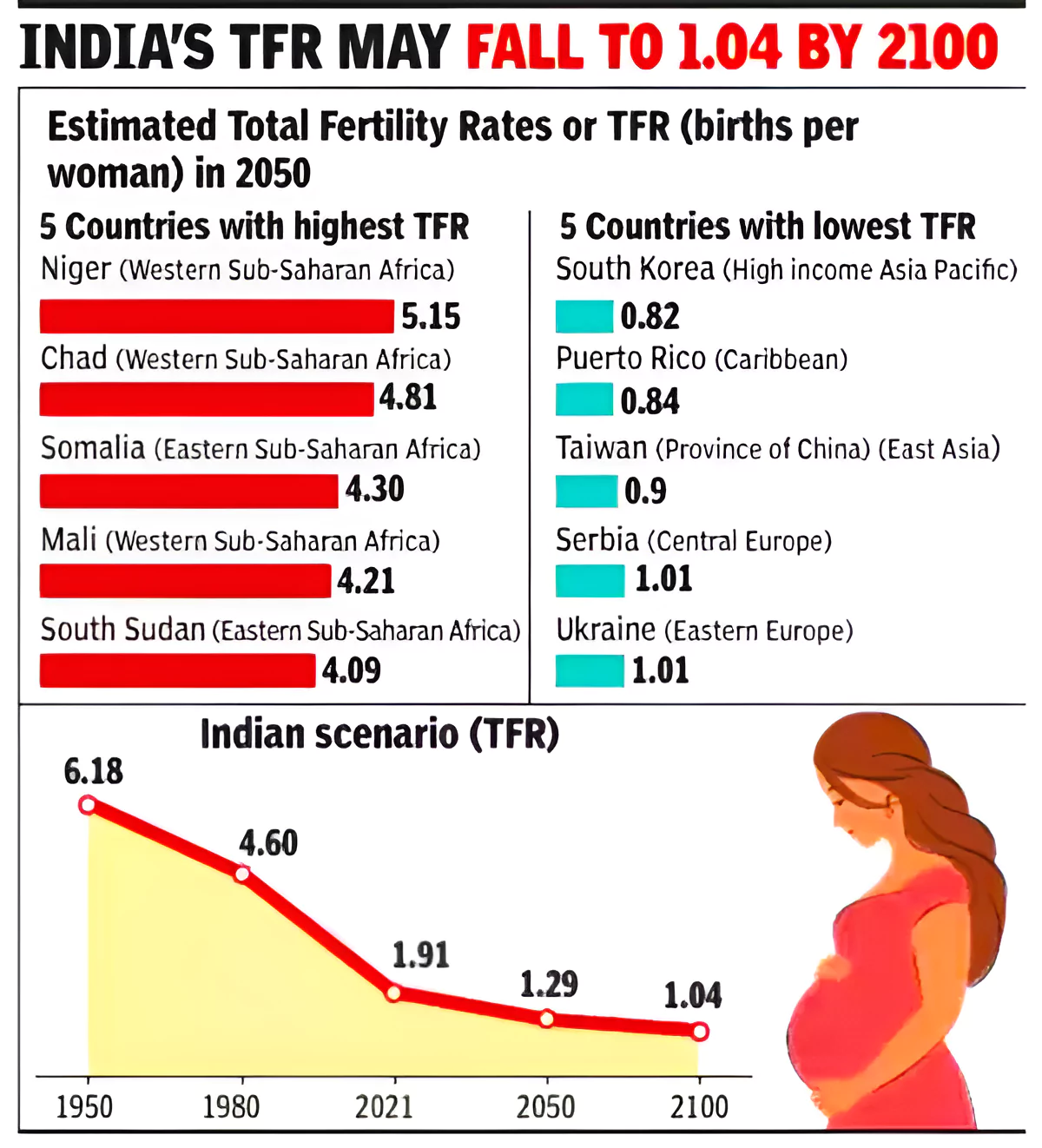
Total Fertility Rate (TFR)
Replacement Level Fertility:
NFHS-5, 2019-21:
|
|---|
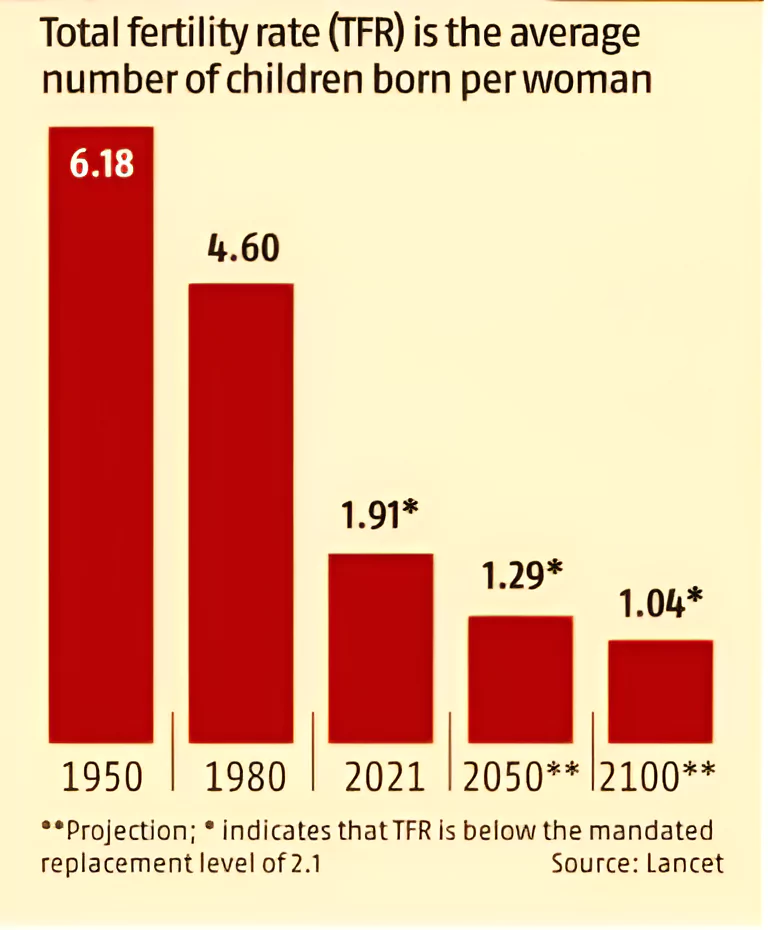
Policies to Boost Fertility in the World:
|
|---|
The Asia 2050 report, prepared by the Asian Development Bank, predicts that the 21st century belongs to Asia, with a very high possibility of India being a major actor. It emphasises sectoral and spatial redistribution of the workforce, skill development and increase in the work participation rate of women and all compensating for the declining share of the working age group in the population.
| Must Read | |
| NCERT Notes For UPSC | UPSC Daily Current Affairs |
| UPSC Blogs | UPSC Daily Editorials |
| Daily Current Affairs Quiz | Daily Main Answer Writing |
| UPSC Mains Previous Year Papers | UPSC Test Series 2024 |
Maharashtra Withdraws GRs on Hindi as Third Langua...
Statistical Report on Value of Output from Agricul...
Skills for the Future: Transforming India’s Work...
National Turmeric Board HQ Inaugurated in Nizamaba...
ECI Moves to De-List 345 Inactive Registered Unrec...
MNRE Issues Revised Biomass Guidelines Under Natio...
<div class="new-fform">
</div>